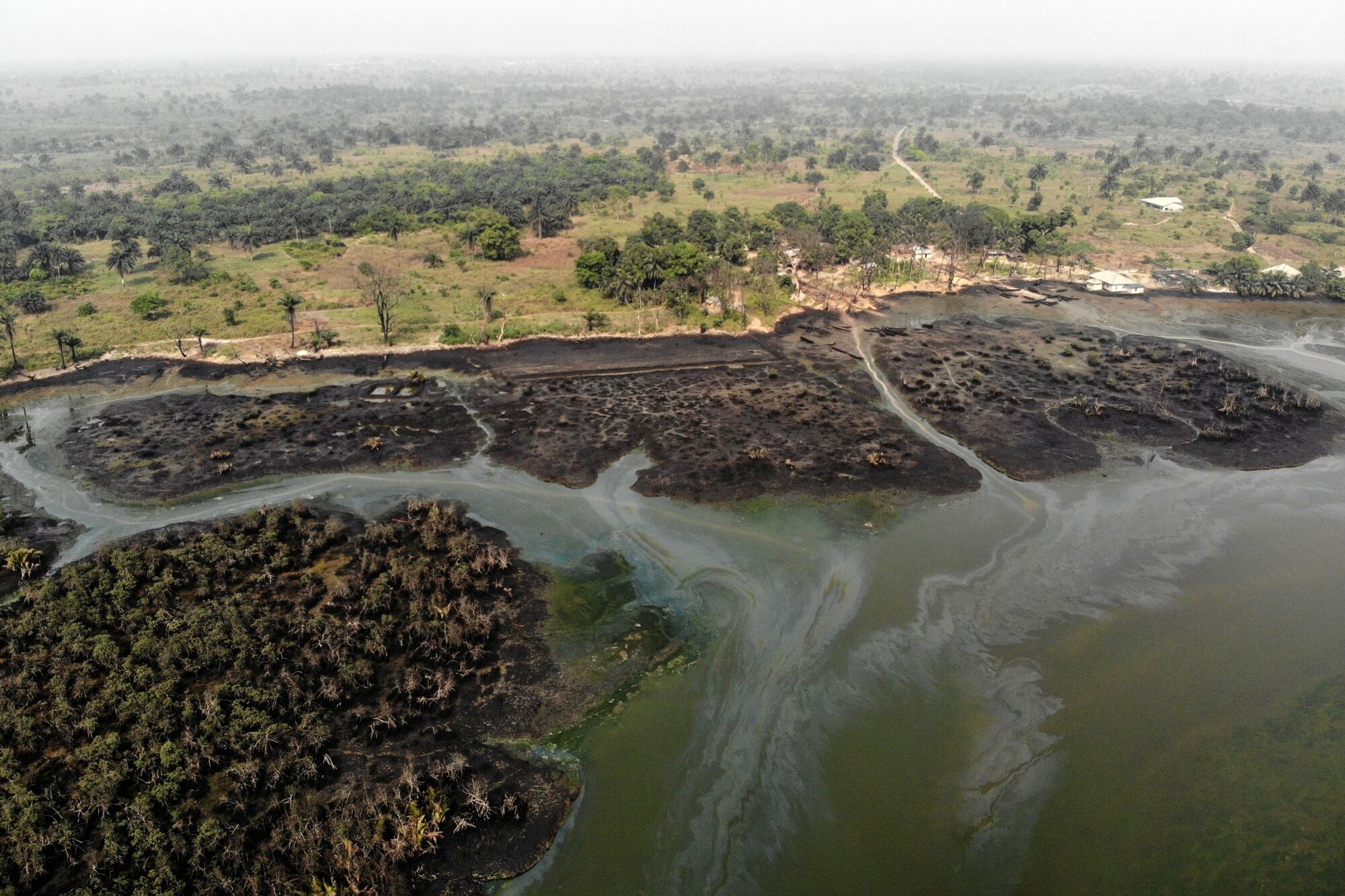MAP CELEBRATES ITS 500th Edition of MAP NEWS (Formerly Late Friday News)
An extension of the MAP Quartlerly Newsletter (a hand addressed snail-mailed paper product of the last century), MAP’s electronic version, The Late Friday News, marks it’s 500th issue with this post. Starting in 2000, the Newsletter has faithfully gone out to MAP News subscribers around the world every other week. To celebrate the 500th issue, we take a look at some of the tremendous growth and progress Mangrove conservation and restoration have seen.
When MAP was founded in 1992, the goal was to bring awareness to global need to protect tropical coastal forests for protection against cyclones, the benefit of global fisheries, coral reef health and the continuation of thousands of years of traditional livelihoods. Today, some 28 years after MAPs founding, the awareness of the importance of mangrove ecosystems is well recognized on a global scale.
But they still remain under serious threat.
 | |
|
Globally, shrimp farming has been the largest threat to mangrove forests. And while terms like “sustainable” and “eco-friendly” are plastered on bags of farmed shrimp products, this industry continues its assault on forests. 16 years ago, (Issue #141 July of 2004), MAP News reported on Ecuador’s efforts to stop destruction and to restore mangroves “incarcerated” by shrimp farming…
Freedom for the mangroves is a symbolic name that urges to “liberate” the mangroves that are illegally destroyed and suffocated by the dams of the shrimp ponds that forbid the natural exchange of brackish and fresh waters.Freedom for the mangroves jailed by industrial shrimp infrastructure that bans their normal development and exchange of energy, and finallyFreedom for the areas that have been destroyed and need to be reestablished to their original ecosystem.Under the slogan “Freedom for the Mangroves“, this year 2004’s campaign that commemorates the 26th of July, is committed to strengthen the local organizational processes and to generate favorable public opinion for the defense and community management of the mangroves.
In Ecuador, home to the tallest mangrove trees in the world (forty meters), Dr. Stuart Hamilton of Salisbury University studies the ecological and sociological impacts of mangrove decline. His work emphasizes the impact of shrimp aquaculture, an industry that has exploded in Ecuador over the last forty years. After clearing mangrove forests, farmers cultivate shrimp in large pits dug into the sediment. The pits are crowded and subject to disease, so the farmers infuse them with antibiotics and pesticides. When they become too toxic and diseased to be viable, farmers clear more mangroves and dig more pits, leaving thousands of acres of abandoned, toxic shrimp pits behind them. Ecuador is the second-largest supplier of shrimp to the United States. READ MORE
THREAT #2 – PALM OIL PLANTATIONS
More recently, as the demand for palm oil has increased, a newer threat has emerged. Mono-cultured forests of palm oil trees are replacing naturally occurring mangroves at an alarming rate. As early as 2012 MAP News (Issue 299) reported on fishermans’ concerns about the restoration of these impacted areas.
North Sumatra Fishermen See Mangroves in Their FutureINDONESIA – Fishermen in North Sumatra’s Langkat district have begun replanting mangroves on 1,200 hectares of coastal land previously cleared for oil palm plantations. Activists from the Indonesian Traditional Fishermen’s Association (KNTI) and the Fisheries Justice Coalition (Kiara) said at a press conference in Jakarta on Sunday that they hoped to restore the mangrove ecosystem in Pangkalan Berandan subdistrict and possibly set aside 300 hectares as a conservation area. Tajuruddin Hasibuan, head of the KNTI’s Sumatra chapter, said fishermen in seven villages in the area were involved in the initiative. “When you consider how important the mangrove ecosystem is to the traditional fishermen, you need to consistently fight against the expansion of oil palm plantations in the area,” he said. “We realize that what we’re doing is just the start, and that there are other areas where plantations are expanding and mangrove swamps are deteriorating.” READ MORE
Meet Indonesia’s carbon guardian
INDONESIA – Indonesia’s mangroves are an incredibly effective tool against climate change — but they’re being cut down to grow shrimp and palm oil for you. Large-scale palm oil production is one of the biggest drivers of deforestation in Indonesia; tens of millions of acres of primary rainforest, peatlands, and coastal lowlands have been cleared to grow the oil-rich fruit for fuel, food, and household products for consumers around the world. Palm oil was also responsible for most of the fierce fires that burned more than 2,500 square miles in Indonesia this year; some 80 percent of the fires were set to clear land for the crop, officials told the New York Times. Unless the country can dramatically slow down mangrove destruction, one of Indonesia’s best climate assets will end up only accelerating the emergency. If you chop down a mangrove tree, the exposed soil beneath becomes a big climate problem. When trees are removed, and the blue carbon beneath is exposed to air, the carbon reacts with oxygen to produce carbon dioxide and methane, two greenhouse gases that contribute to global warming. A Scientific Reports study looking at mangroves in Thailand found that 70 percent of their carbon is lost when mangroves are converted to shrimp ponds. READ MORE
In October 2001 MAP spread news of a large crude oil spill along the Escravos-Warri crude oil pipeline. Crude oil pumped from Escravos to Warri for about four days did not get to Warri. This huge quantity of crude oil was spilled into the creeks down to the sea. The result was a massive destruction of aquatic life and fauna and the accompanying human misery.
“Apart from this regular oil spill crises, we also suffer resultant effect from gas flaring . We had two forests reserves: Otumara and Uremure. Now both have been totally lost to oil spill and dredging of canal to flow stations. Our sacred forest has also been violated; Abura trees used for making furniture have been destroyed over the years. Lack of health facility in this area is a big problem.”—Eghare (Chief) Wellington Ojogor (Ugborodu Community)“Chairman Council of Elders and a Seasoned Surveyor”.SOURCE – MAP NEWS ISSUE 88, Oct. 15, 2001
The Toxic Legacy of 60 Years of Abundant Oil
NIGERIA – It’s one of the most polluted spots on Earth, and prospects of a turnaround only get worse as Covid-19 guts a global industry. In the past decade, crude has gone from providing about 80% of all Nigerian state revenue to about 50% last year. This year, with the global economy hit by the coronavirus adding to existing trends as the world shifts away from fossil fuels, the government projects an 80% decline in oil income. That creates a bitter reality for residents at the center of Africa’s biggest petroleum industry: they’ll have little help cleaning up pollution that’s deprived entire communities in the Niger River delta of their fishing and farming livelihoods. “Over so many years both the government and the oil companies have made promises to clean up without doing so,” said Pius Waritimi, an art teacher and environmental activist based in the southern oil hub of Port Harcourt.
MAP has always been at the front lines of the environmental battle, and it is indeed a battle of life and death. In a 2014 story Dying to Change the World – MAP news reported “In the past decade, close to 1,000 such activists in 35 countries were murdered, according to a report published in April 2014 by Global Witness” and again in Dec 2017 Issue 431 we quoted the 2017 Global Witness’ Report on Killings of Environmental and Land Defenders :
“In just more than a year under the current administration of President Rodrigo Duterte in the Philippines, at least 42 environmental defenders have been killed. – MAP News Issue #431
Here are just a few of the names of these dedicated people we have remembered over the years in MAP News
Phulbari Activists Amin, Salekin and Tariqul (died 2006) – Issue 476Honduran activist Berta Cáceres – Issue #386Remembering Thailand Shrimp Farm Activist Jurin Rachapol (died 2001) – Issue #383Thailand Activist Prajob Nao-opas – Issue #309Remembering Jeannette Kawas (Died 1995) – Issue 383Guatemalan Activist Julio Lopez – Issue 369Columbia’s Jeferson David Tejada – Issue 350Costa Rica’s Jairo Mora Sandoval – Issue 316Thailand’s Charoen Wat-aksorn – Issue 141Remembering Nigeria’s Ken Saro-Wiwa (Died 1994) – Issue #102
Korunamoyee Sardar – Issue # 91
Dear MAP,
Because this is our home, any degradation to this planet affects every living being today and tomorrow.
MAP has dedicated its energies, resources, and mission to educate the people of this beautiful earth about the place mangroves have in our lives and the role they play in protecting human habitation and sustaining wildlife.
Supporting this fine organization is my way of wrapping my arms around the world it strives to protect and honor. Thank you Mangrove Action Project for over a quarter-century of dedication!
Francesca Quarto-Mohan
Like this newsletter? Pease consider donating to MAP to keep it going. Giving could never be easier
…
All the MAP Team wishes to pay tribute to our dedicated MAP Quarterly, Late Friday News, and the MAP NEWS editors over the past 28 years!
Alfredo Quarto (1992-2006), Austen Moore (2006-2009) and Sam Nugent (2009-present)! They’ve helped inform, motivate, and inspire actions and change beyond their realization.




